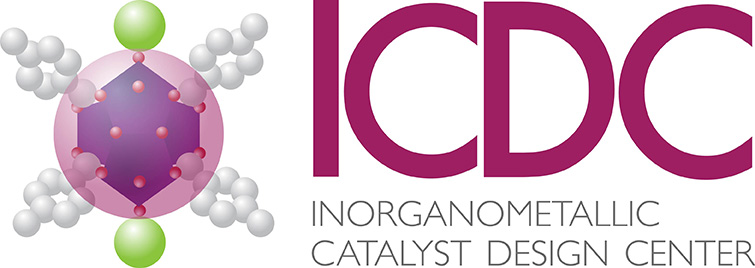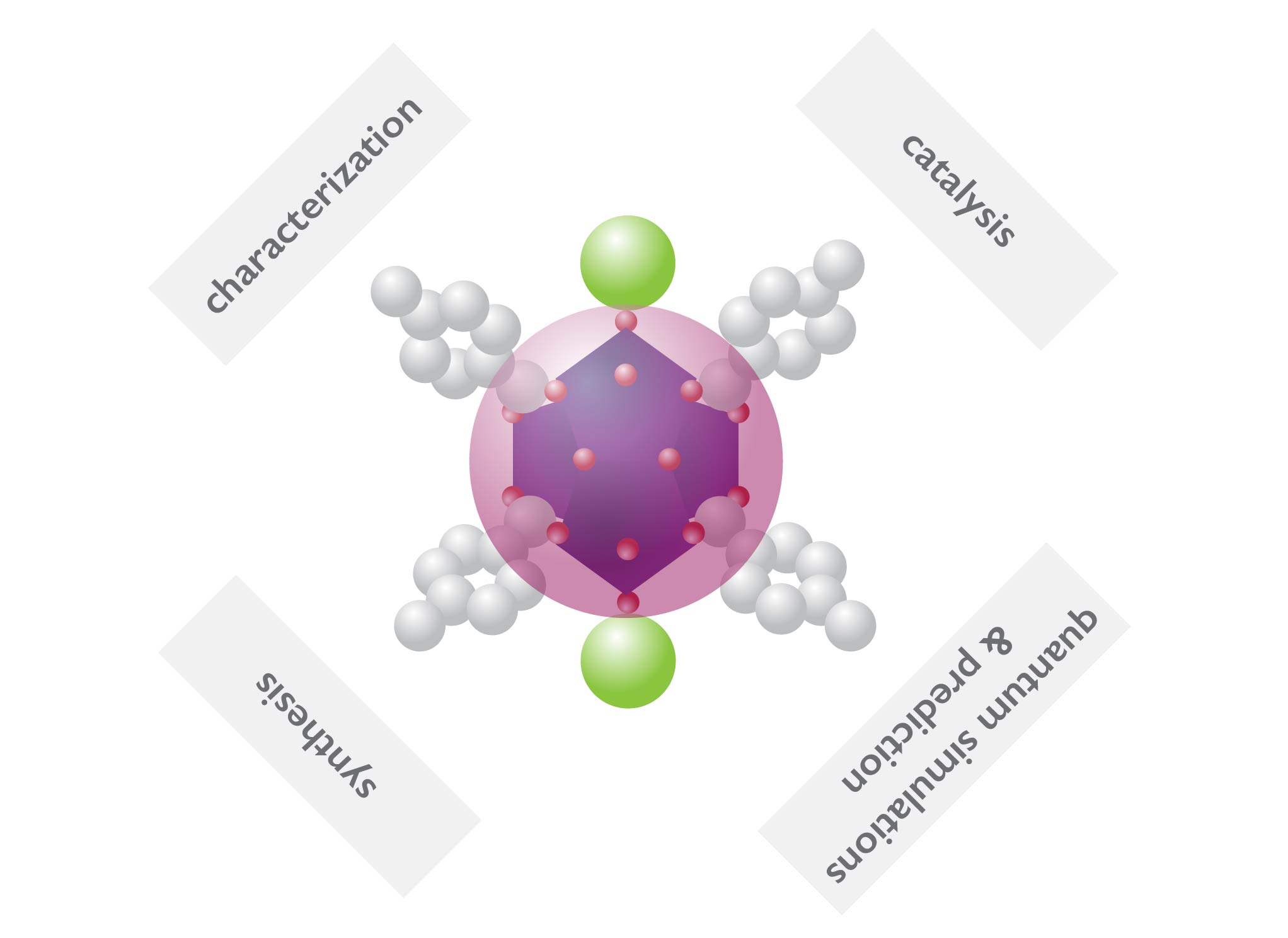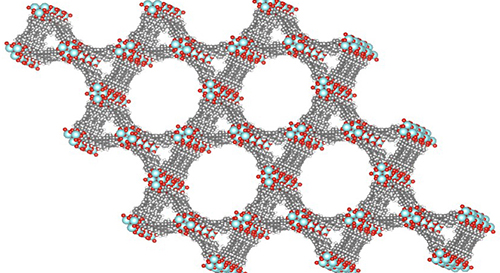

motivation
Natural gas is a mixture of methane, ethane, and propane. It is commonly found while drilling for oil. Before the 20th century, when the natural gas was unwanted, it was burned off at the wellhead. Today, natural gas is most often injected back into the ground for later use. Thus, inexpensive conversion of natural gas from gas and vapor to liquid would greatly enhance its value. This is where the ICDC comes in.
goal
The main focus of the ICDC is the energy-efficient liquefaction of natural gas, either by catalytic conversion to alcohols or by catalytic conversion of C1, C2, and C3 species to C6 to C10 hydrocarbons. Given the rapid and unprecedented emergence of shale gas as a "new" energy source, especially in North America, this challenge is one of enormous potential economic significance, as well as a rich application area for fundamental catalysis research with compelling scientific significance. It requires the mastery of a set of generic reactions – the key being catalysis. An explanation of these reactions can be found in the following section.
what is the challenge?
Our challenge is to determine advanced catalysts for gas to liquid conversion via hydrocarbon oligomerization or partial oxidation. We focus on three main classes of catalytic reactions:
oxidation: interaction between oxygen molecules and other substances
dehydrogenation: a chemical reaction that involves the removal of hydrogen from a molecule
hydrogenation: a chemical reaction between molecular hydrogen and another compound or element,usually in the presence of a catalyst such as nickel, palladium, or platinum
oligomerization: the formation of an oligomer from a monomer
vision
The vision of the ICDC encompasses accelerating the development of supported cluster catalysts with the following characteristics:
what is our solution?
We hypothesize that the catalysts that may emerge from our fundamental research will be single-site catalysts present in high loadings in atomically precise arrangements in three-dimensional arrays (e.g. periodic mesoporous inorganic structures).
To accomplish this we have four thrusts that make up our center that can be seen in the figure on the right.

why metal-organic frameworks?
Metal-organic frameworks (MOFs) have metal-oxide nodes that are connected by organic linkers, similar to tinker toys, where the wooden disks represent the nodes of the MOFs and the colored sticks represent the ligands. The MOF of choice for initial studies in the ICDC is NU-1000. NU-1000 is a zirconium-based MOF that contains six zirconium atoms at each node. This network of nodes and linkers produces two large pores and two small pores around each node.

Department of Chemistry
207 Pleasant Street SE, Minneapolis, MN, 55455
P: 612-301-1491 | E: icdc@umn.edu